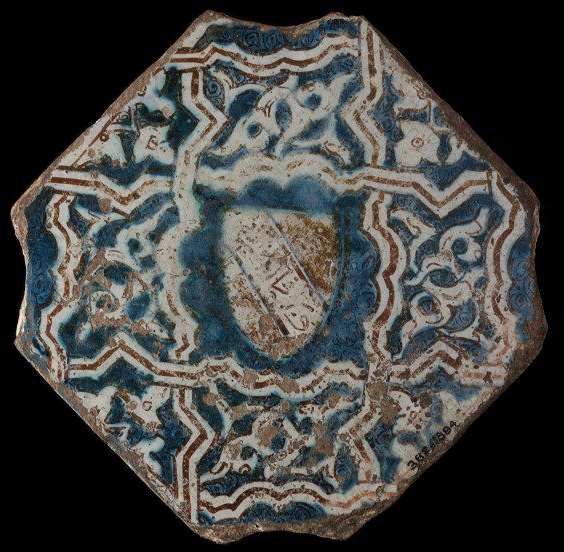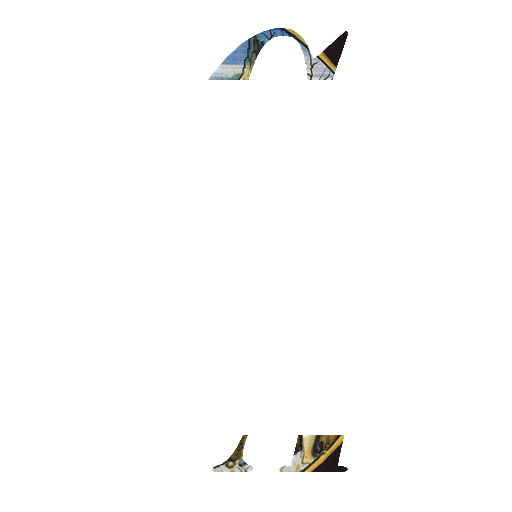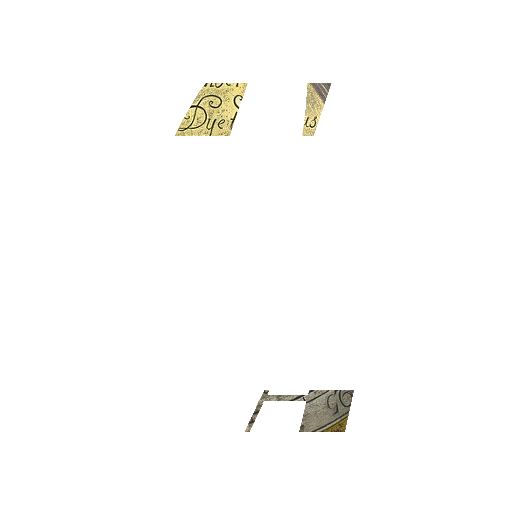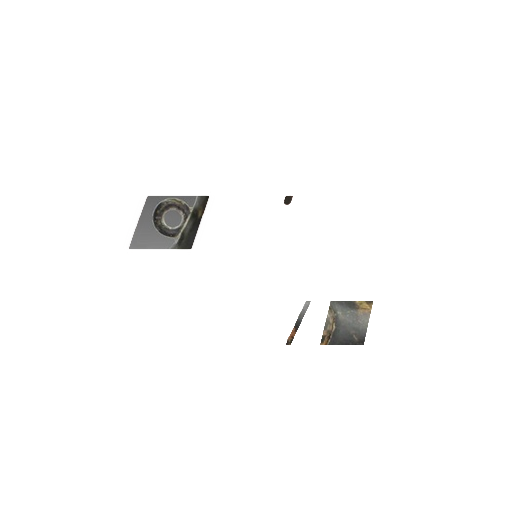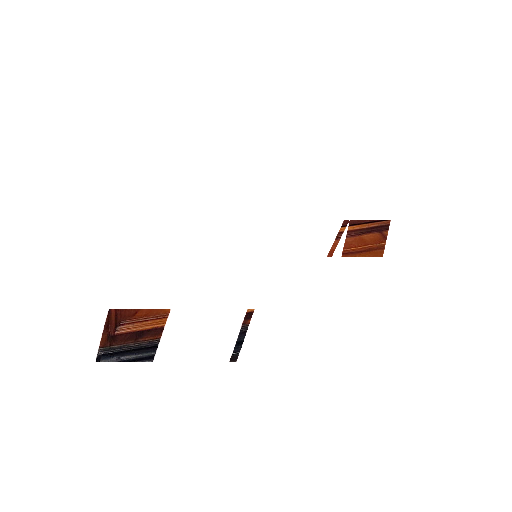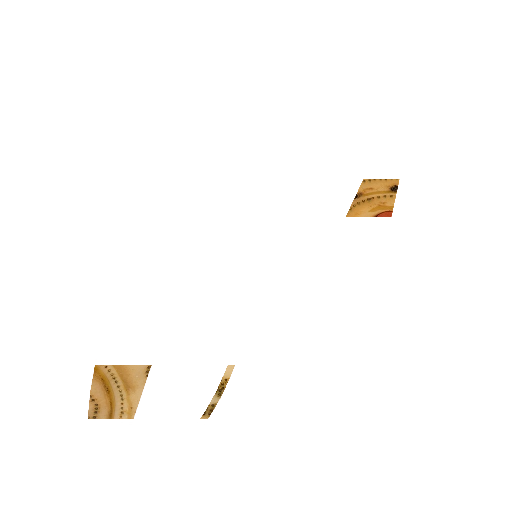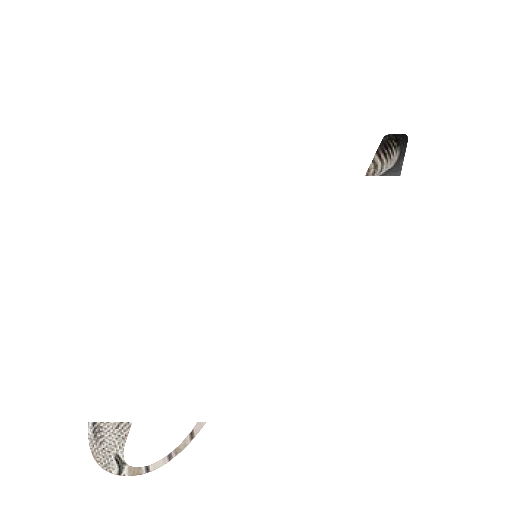The earliest major centre of fine pottery in Al-Andalus was Málaga in southern Spain. This is the major centre whose best-known wares were produced in a Muslim kingdom, as opposed to by a workforce presumed to be largely Muslim, or Morisco, under Christian rule. It was already celebrated for its gold lustrewares in the 14th century, and remained under Muslim rule until 1487, shortly before the fall of Granada, the last Moorish kingdom. Murcia, Almería, and perhaps Granada itself were also early centres of production. This pottery stayed much closer to styles seen in other Islamic countries, although much of it was being exported to Christian markets, as can be seen by the coats of arms on many pieces.
At least one authority, Alan Caiger-Smith, excludes this pottery from the term "Hispano-Moresque", but most who use the term at all use it to include Malaga and Andalucian wares from the Islamic period as well as the Valencian pottery. When Spanish medieval pottery was first studied in the 19th century, there was awareness of the Valencian centres but very little of the Andalucian ones, and there has been a steady re-attribution of types of pottery formerly attributed to Manises to Malaga and the south, which was still continuing in the 1980s, following archaeological discoveries in Malaga, and scientific analysis of the clays used.
Though other types of painted pottry, not usually called Hispano-Moresque ware, were produced in Al-Andaluz earlier, firm evidence of lustreware production is not found before the early or mid-13th century, when it may have been begun by Egyptian potters escaping political disturbances. Already it was being exported, as some of the earliest evidence is bowls set as decoration into the facades of churches in Pisa when they were built. An import from Malaga through Sandwich, Kent in England for the Spanish-born Queen Eleanor of Castile was recorded in 1289, consisting of "42 bowls, 10 dishes, and 4 earthenware jars of foreign colour (extranei coloris)". Malagan ware was also exported to the Islamic world, and has been found at Fustat (medieval Cairo) and elsewhere.
The best known and most impressive examples of Andalucian wares are the Alhambra vases, a number of very large vases made to stand in niches in the Alhambra in Granada, and perhaps elsewhere. These are very atypical in Islamic pottery in having only a decorative function, with no practical purpose, and are "by far" the largest pieces of lustreware known. They are based on traditional shapes descended from the ancient amphora, but at about 115 to 170 cm tall are close to the height of a human. They are thought to come from a range of dates covering the late 14th and the 15th centuries, and the decoration and precise shape of the body is different in each surviving example. According to Alan Caiger-Smith, "few other pots in the world make such a strong physical impression".
All are now in museums, five in Spain and others in St Petersburg, Berlin, Washington D.C., Stockholm and Palermo; various large fragments also survive. Lustre tiles are also still in place at the Alhambra. The "Fortuny Tablet", a unique plaque measuring 90 x 44 cm, has a garden-like design, inside a border with an inscription praising Yusuf III, Sultan of Granada (r. 1408-1417). Its design resembles that of some Spanish carpets.
After Yusuf's throne was inherited by an eight-year-old in 1418, the Nasrid kingdom went into a decline before its final conquest, and the production of fine pottery seems to cease abruptly about 1450, even though the name obra de Malequa ("Malaga work") continued to be used in Valencia for lustreware long afterwards.
A HISPANO-MORESQUE BOWL
Andalusia (Málaga c1425-c1450)
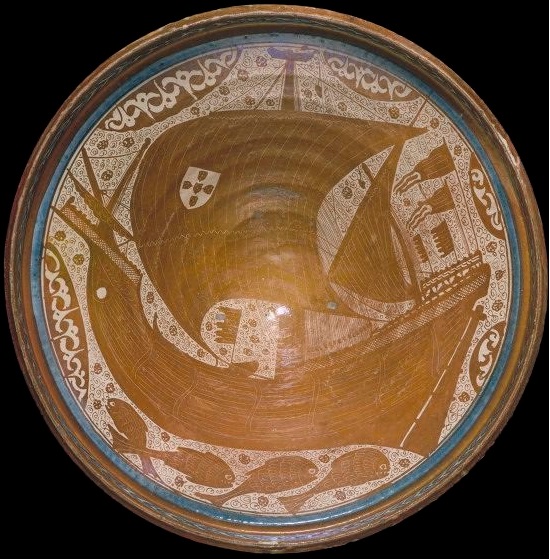
A HISPANO-MORESQUE FLOOR TILE
Andalusia (Málaga c1350-c1400)
